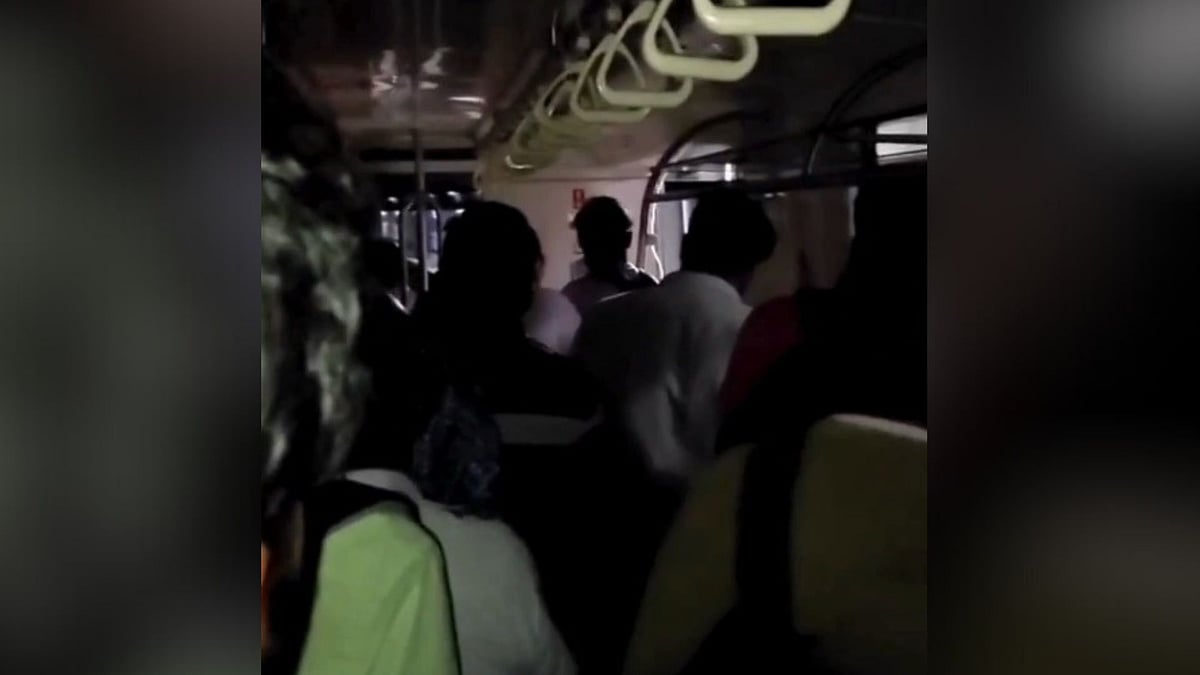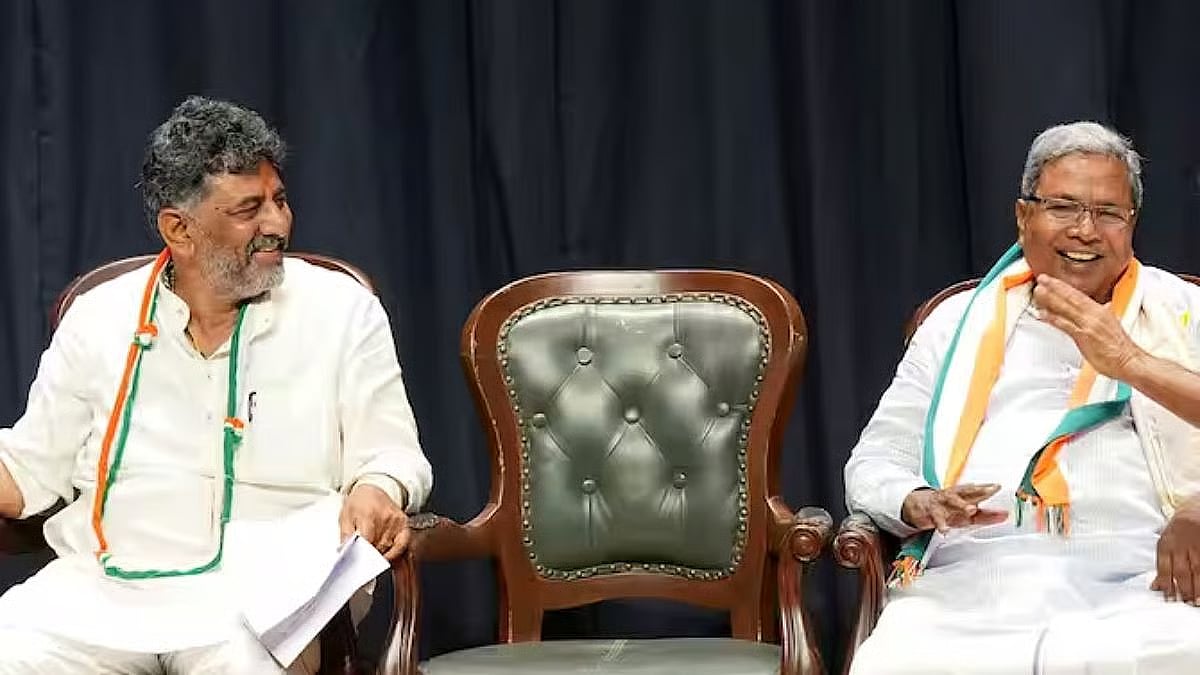One of the most telling episodes in the aftermath of the failure of Yes Bank is the scramble by State governments to move their deposits to public sector banks. It brings back memories of 2008, when in the wake of the Lehman crisis in New York, and consequent panic in India, an iconic company like Infosys made a press statement that it was moving its cash to good old State Bank of India. This was to assure its investors, customers and probably employees. At present, the irony is that the Reserve Bank of India has written to State governments asking them to desist from knee-jerk migration, and asserting that private banks are safe. This column is not about the relative merits of ownership of banks, private or public. But the larger issue that the people need to trust the institution where they park their precious savings. That institution is called a “bank” whose very viability and foundation is based on trust. It is no wonder that banks often have names like “Global Trust Bank” or “Bankers’ Trust”.
A bank’s fundamental business is to give loans. Those loans are given from funds, of which almost ninety per cent are deposits taken from the public. Barely ten per cent is the bank’s own fund, or promoters’ equity capital. Thus, banks are probably the most leveraged entities, playing with “other people’s” money. That’s why banking business is licensed, and also highly regulated. The regulator i.e. the Reserve Bank of India, is also in charge of supervision, periodic checks, approval of the appointment of key management and if needed, to take preemptive action. Of course, if the bank management indulges in fraud, and hides the true picture from the supervisor, then unless the RBI has divine powers, or enforces a forensic audit, it is difficult to catch such wrongdoing, until it is too late. But there is a whole continuum between bank failure due to a genuine business downturn on one end or to outright fraud at the other extreme. For its part, the regulator must always have enough sixth sense, or smell test to know when things need corrective action.
Before the collapse of Yes Bank, was the case of Punjab and Maharashtra Cooperative Bank (PMC), where it turned out that it had given more than three fourth of its loanable funds to just one entity. This is an outright breach of risk diversification norms, where a bank must prevent the concentration of risk. There are allegations of kickbacks and fraud, and the prosecuting agencies are handling PMC. How did the auditors, independent directors or the regulator miss the breach of risk norms? Was it window dressed to deliberately hide fraud, or were the supervisors lax? PMC and cooperative banks have the additional problem that they have a dual regulator (RBI and the State government) who don’t always see eye to eye. Furthermore, there’s always some political patronage working at top levels of cooperative banks. Having said that, of the approximately 1600 cooperative banks, only fifty or so are big enough to cause systemic worry, and most cooperative banks function well and serve their community. Nevertheless, the governance framework needs strengthening for sure. If brought under a single regulator, and if some of the bigger co-op banks are offered to become small finance licensed banks, that would improve matters considerably.
Back to Yes Bank. Its woes had been known for more than a year. The stock market is a harbinger, and the bank’s stock price had plummeted by 88 per cent since mid-2018. The rating agency had pointed out that more than one third of bank capital was tied up in bad debts, but these were not provisioned for. One fourth of its loan book was exposed just to real estate, construction and non-bank finance companies, all of which are the source of large non-performing assets in the banking sector. Many depositors had started deserting the bank. Why then was early action not taken? Did the auditors, independent directors or regulator miss something? Of course, now there are also allegations of fraud against the founder and erstwhile chairman. The dilemma of the RBI can also be understood. It refused to extend the chairman’s tenure last year. It was hoping that more provisions would be made against bad debts. The bank hid the true extent of bad loans. Provisioning eats into the equity capital, and is not taken from depositor money. If bad loans are not restructured, then the earlier RBI circular had the compulsory requirement of admission to bankruptcy courts i.e. the IBC process. But thanks to a Supreme Court order, that RBI circular had to be modified and now it’s up to banks and their customers to restructure bad loans. In the meantime, the bank continued to raise wholesale deposits. The interesting case is raising money from “perpetual bonds”, or additional Tier-1 capital bonds. The bank raised nearly 10,000 crore in AT-1 bonds. Technically these have never to be repaid, and only interest needs to be paid in perpetuity. Yet entities like temple trusts, State governments and public universities invested in these bonds. Were they misled or were these bonds mis-sold? How could investors believe that the bank would exist in perpetuity?
As of this writing, the swift action of RBI and the government will hopefully lead to a rescue of Yes Bank. Equity fund infusion is coming from public sector entities, i.e. ultimately the taxpayers. This seems to be a repeat of the story of “gains remain private, and losses are nationalised”. But we have to be careful of a lynch-mob mentality. When losses are genuinely due to business conditions, there is usually no choice but to use taxpayer money. Otherwise the failure of a large bank can cause systemic panic and complete breakdown. That’s why in 2008, the US government pumped in massive fiscal funds to stabilise the banking system. Most of the US government’s funding became profitable and was returned. Hopefully SBI and LIC too will find their rescue missions are ultimately profitable for their shareholders.
Banks are always prone to panic-induced bank runs, which become self-fulfilling prophecies. The regulator has the tough task of deciding when to intervene and how much. The government must be careful to avoid the impression that it will always bail out failures, even when caused by fraud. Due to this delicate balance, the policy needed should be:
- Requiring higher capital (skin in the game)
- Avoiding banks that are too big to fail and
- Separating investment banking from commercial and retail banking
This balance will prove to be a pragmatic trade-off between bank profitability and banking stability.
The writer is an economist and Senior Fellow, Takshashila Institution. Syndicate: The Billion Press











